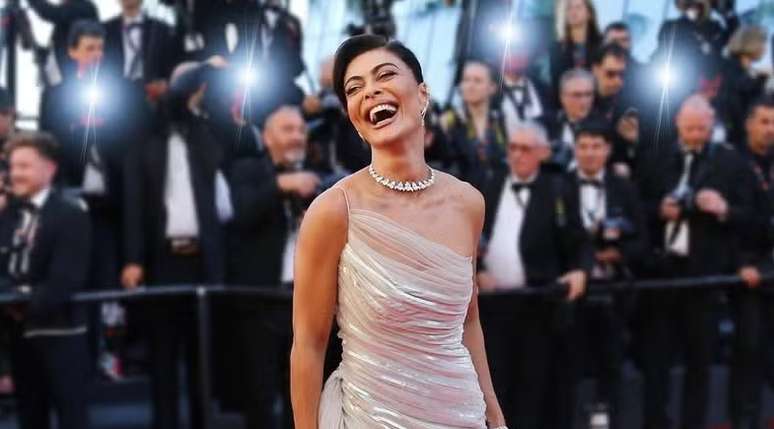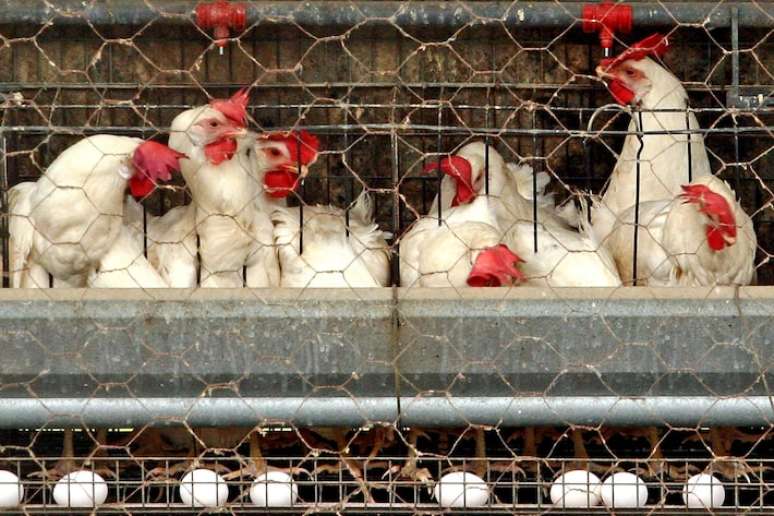According to Rede D’Or São Luiz, of the consultations related to flu syndromes in the past two months, about 50% were related to this virus.
Belonging to a group of viruses that cause respiratory diseases such as common colds, bronchitis, pneumonia, and even intestinal problems such as diarrhea, adenovirus can also trigger a condition of the flu Associated with conjunctivitis in sons. In this specific type of infection, the baby begins to show signs of a cold and, later on, the eyes also get a lot of secretion. Symptoms can last for about two weeks.
According to Rede D’Or São Luiz, there has been a significant increase in the incidence of viral diseases in children in the past six months. In Anália Franco’s unit, adenovirus predominated for two months, being common on average in the age group of 2 to 6 years. Currently there is also an increase in cases linked to influenza (common flu), with a variation in the age group, generally greater than 8 years, but with less seriousness.
“Of the total number of emergency room visits linked to flu syndromes, about 50% have been related to adenoviruses in the past two months. Cases have started to decline a bit, but we still don’t have an estimate. Ten days ago they started. on the rise There are also cases of influenza, which are expected to remain high for the next two to three weeks. We are still evaluating the impact of this other service, “says Thiago Gara Caetano, medical coordinator of Pediatrics at the São Luiz Hospital. According to him, the increase in infections has not led to an increase in hospitalizations.
In case of influenza, patients have a high fever for 24 to 48 hours and respiratory symptoms. In the case of adenovirus, the symptoms are respiratory and / or gastrointestinal. “Even in the case of adenovirus, children also produce a lot of secretion that sometimes comes out of the eye. This leads to an inflammatory reaction there. Conjunctivitis secondary to the production of phlegm,” explains Caetano.
Adenovirus is one of the viruses that cause these respiratory diseases, especially in children, despite being a virus that can affect people of any age. “The most common adenovirus infections are the upper airways accompanied by gastrointestinal manifestations – diarrhea and vomiting – and conjunctivitis,” says Renato Kfouri, president of the Immunization Department of the Brazilian Society of Pediatrics (SBP).
“Although it is not always very easy to differentiate one condition from another, some symptoms suggest that it is one virus or another. But, of course, confirmation must be done through viral tests that detect exactly which virus is involved,” he adds. . the specialist in pediatric infectious diseases.

Although winter is the period of greatest circulation of respiratory viruses, in general, in the case of adenoviruses, there is no such marked seasonal feature. “We have still seen an accumulation of susceptible cases in three years for all viruses, as children have been exposed to virtually no viruses. It is no different,” Kfouri assesses.
“Adenoviruses play a prominent role among preschoolers and children under the age of two,” adds Daniella Bomfim, technical director and pediatric infectious disease specialist at Infantil Sabará Hospital, who also confirmed the increase. of the pediatric emergency room application in the last 15 days.
According to the Sabará Children’s Hospital, adenovirus usually causes infections of the respiratory tract and intestinal tract in children. “Most adenovirus infections are mild, with few symptoms. However, each child can experience symptoms differently. Respiratory infections (symptoms can develop 2 to 14 days after exposure) and intestinal tract infections (symptoms can develop between 3 and 10 days after exposure). Symptoms usually occur in children under the age of 4 and can last from 1 to 2 weeks.
According to Márcia Keiko Uyeno Tabuse, president of the Department of Ophthalmology of the Society of Pediatrics of São Paulo (SPSP), adenovirus conjunctivitis is self-limiting, meaning the immune system eliminates the virus, between 7 and 10 days. “But, in some cases, it can drag on longer, evolving with the formation of membranes and corneal infiltrates,” she says. Although he does not have precise data, Márcia says that even in the emergency room of the São Paulo Hospital, linked to Unifesp, there has been a significant increase in visits in recent months.
According to her, adenovirus conjunctivitis is more common in this period, when the cold and sudden changes in temperature increase the cases of adenovirus. “Conjunctivitis is more common in children who play together, share toys, put their hands to their eyes without washing and are easily contaminated. Preauricular ganglion,” she continues.
In case of flu associated with conjunctivitis, doctors recommend that treatment is only symptomatic, with the administration of anti-inflammatories in case of sore throat and any antipyretics. fever. Cleaning the nostrils and eyes with saline also helps relieve symptoms. If the child has dyspnea or fever, urgent care should be sought. Assistance is even greater in the case of patients with chronic diseases or groups at risk.
Observation of the respiratory rate is another recommendation. “If the child has insufficiency, it is necessary to take him to the hospital. High fever can occur, but if the general picture is good, it is not a big problem,” caetano Caetano, coordinator of Pediatrics at the São Luiz Hospital.
Increase in cases of influenza
According to the question of Estadiofrom the last month, some health services in Sao Paulo had already detected an increase in the circulation of influenza viruses, such as H3N2 and H1N1.
Also according to the Instituto Todos pela Saúde (ITpS), influenza A positivity rose from 4.3% to 23.3% between August 20 and September 17, with higher percentages observed in adolescents aged between 10 and 19 years (52.5%), followed by children between 5 and 9 years (40.8%).
Symptoms
Fever
Cough
Watery and watery eyes
Pain in the body
Sore throat
coryza
Diarrhea (pictured intestinal)
Treatment
There are currently no antivirals for adenoviruses, only for the flu and more recently some for covid-19. Treatment consists of relieving symptoms, including medications for fever if the child has a temperature equal to or above 37.8ºC, as well as the use of anti-inflammatories in case of sore throat. In case of a viral infection, the antibiotic will not solve the problem.
It is also indicated for inhalations, nasal hygiene and eye cleaning with saline solution. Your doctor may also recommend the use of lubricating eye drops to relieve eye irritation. “Hydration is also essential to help the baby recover,” says Kfouri.
Streaming
“Adenovirus conjunctivitis is highly transmissible and, as soon as the child presents the condition, the ideal is to keep distance, always keep hands clean, avoid direct contact on the face or indirect contact with the objects that the child uses. “, adds Márcia.
how to prevent
Wash your hands often
Protect your mouth and nose when you cough or sneeze
Use of a face mask when you have a cold from two years of age
+The best content in your email for free. Choose your favorite Earth Newsletter. Click here!
Source: Terra
Benjamin Smith is a fashion journalist and author at Gossipify, known for his coverage of the latest fashion trends and industry insights. He writes about clothing, shoes, accessories, and runway shows, providing in-depth analysis and unique perspectives. He’s respected for his ability to spot emerging designers and trends, and for providing practical fashion advice to readers.







